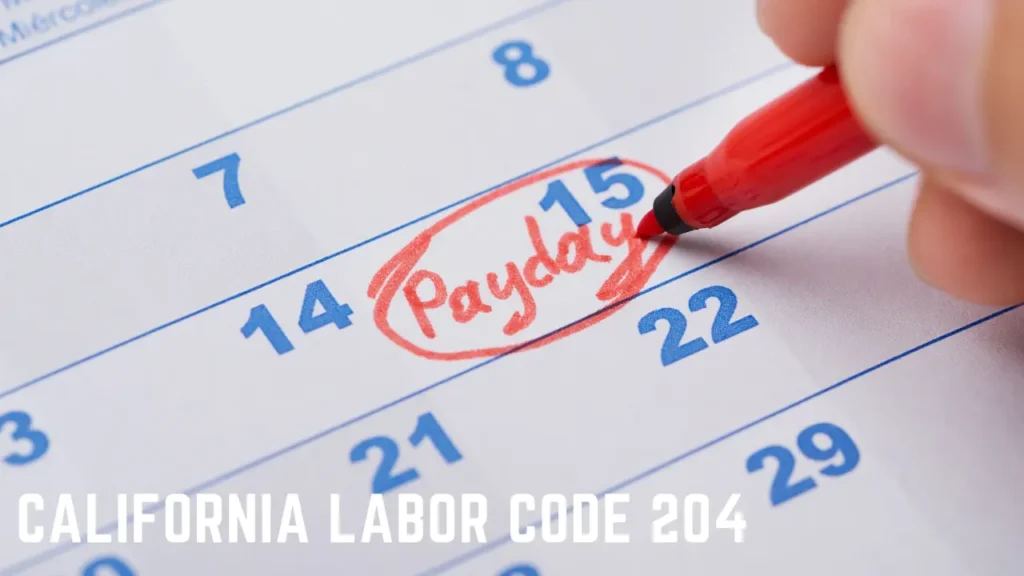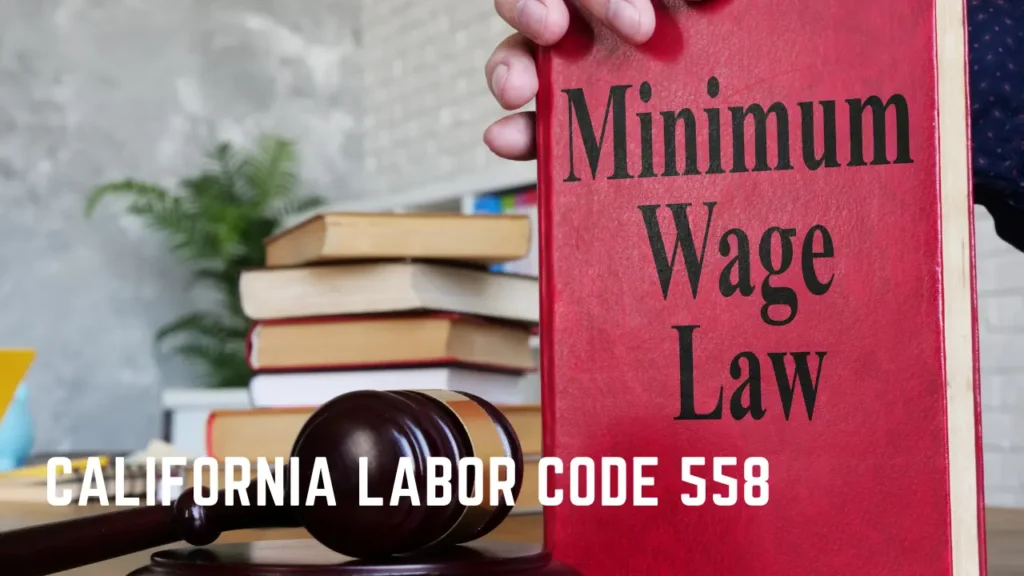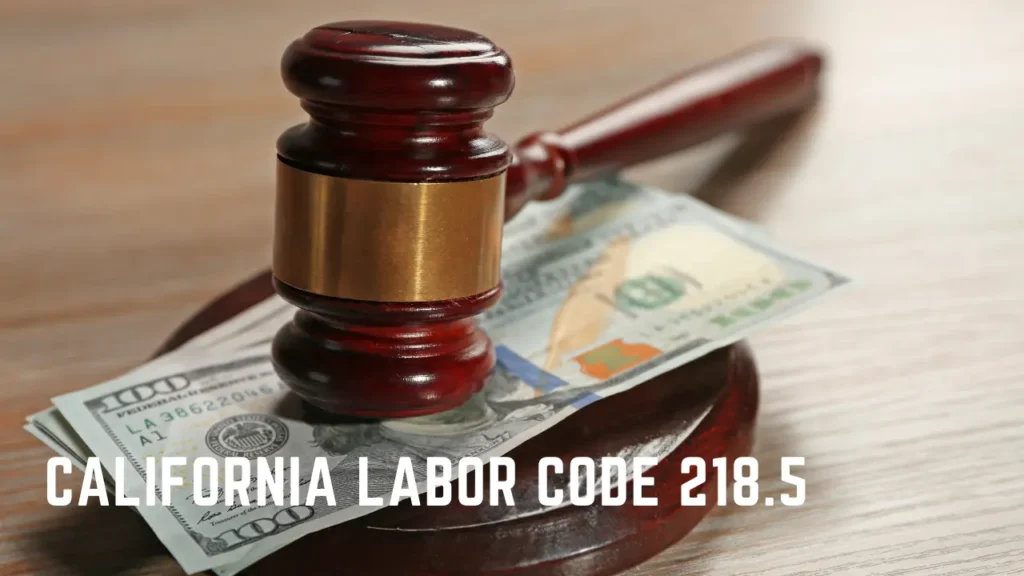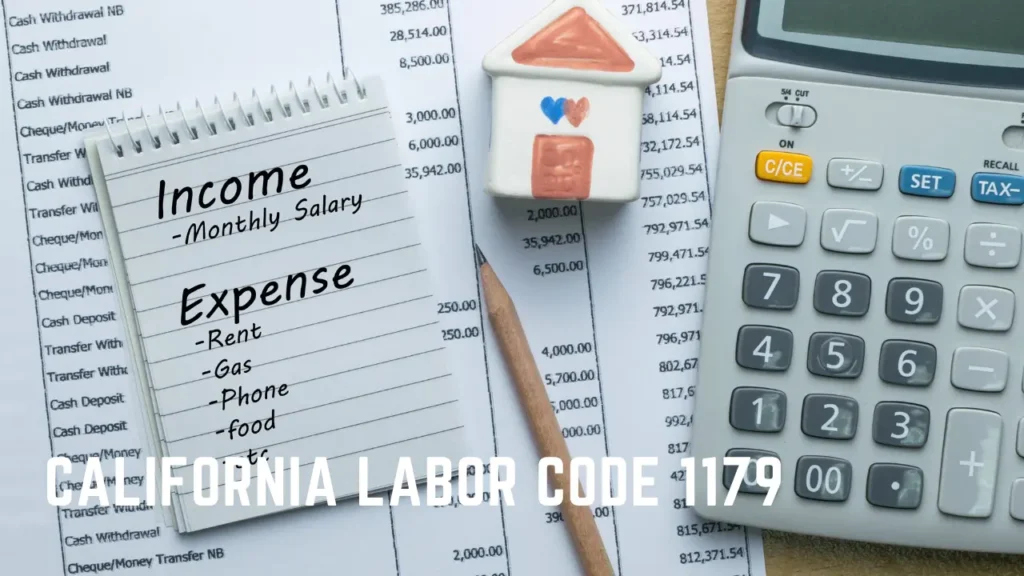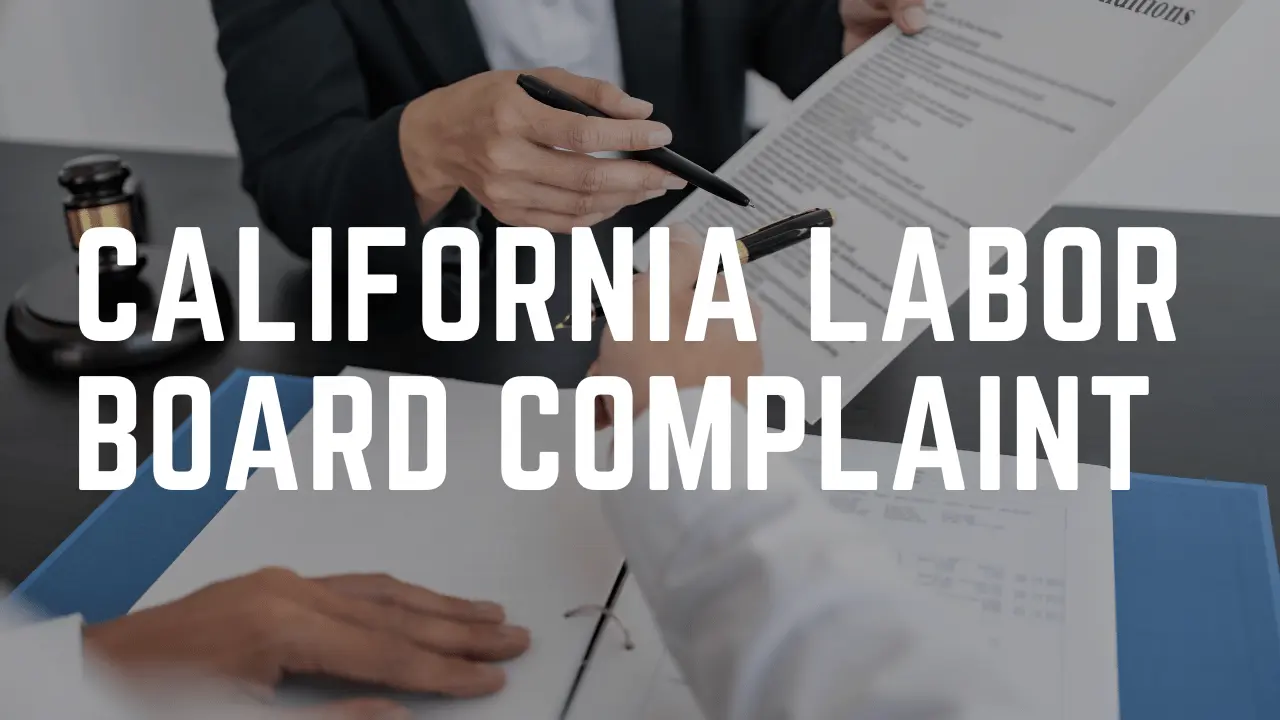Table of Contents
ToggleThe consistent adherence to this code by employers not only safeguards them from potential legal ramifications but also fosters a trust-based work environment. However, understanding and implementing the specific requirements of Labor Code 226 can be a complex task.
This discussion seeks to clarify these complexities and examine the significance of each requirement, thereby equipping employers with the knowledge they need to remain compliant.
Required Information in Wage Statements
Understanding the required information in wage statements is crucial for both employers and employees. These documents must accurately detail gross and net wages, deductions, the date range of the pay period, hourly rates, and hours worked for non-exempt workers, as well as the name and address of the legal entity that is the employer. The accuracy of these details ensures transparency and serves as a legal record of earnings and deductions. It enhances the employee’s financial literacy and encourages fair business practices.
It also provides necessary data for potential audits, thereby protecting businesses from unnecessary penalties. Employers who fail to include these details are subject to penalties, which underscores the importance of understanding and adhering to these requirements.
Details on Gross and Net Wages
Having established the importance of comprehensive wage statements, a deeper examination of gross and net wages, two pivotal components of these statements, is now warranted.
Gross wages refer to the total amount of wages earned by an employee before any deductions are made. This typically includes regular hourly or salary wages, overtime pay, bonuses, and any other additional compensation.
- Gross Wages:
- Total earnings
- Overtime pay
- Bonuses
Net wages, on the other hand, are the amount the employee takes home after all deductions. These deductions may include federal, state, and local taxes, as well as contributions to retirement plans or health insurance premiums.
- Net Wages:
- After-tax income
- Deductions for benefits
- Other payroll deductions
Labor Code 226 – Understanding Deductions
In the context of wage statements, deductions constitute a significant portion that requires careful analysis and comprehension. They represent the amounts subtracted from an employee’s gross wages, reducing the net pay. Deductions can include federal and state taxes, Social Security, Medicare, and possibly health insurance premiums or retirement contributions.
Employers are legally obligated to itemize, detailing each deduction’s nature and amount for clarity and transparency. The failure to accurately record these deductions can lead to penalties under Labor Code 226. Understanding deductions is crucial as they directly impact an employee’s take-home pay and tax obligations.
Thus, employees must be knowledgeable of their wage statements, ensuring deductions are correctly and legally applied.
The Importance of Date Range
The date range on wage statements, specifying the period for which the payment is being made, plays a pivotal role in maintaining transparency and accuracy in the employment compensation process.
- Transparency
- It ensures the employee is aware of the exact duration for which they are being paid.
- It helps to avoid any potential confusion or disputes about the pay period.
- Accuracy
- It allows for the precise calculation of wages, especially for hourly workers.
- It aids in accurate record-keeping, an essential aspect of payroll management.
A clear date range is an integral part of wage statements, helping to uphold the principles of fairness and accountability in the employer-employee relationship. It is, therefore, crucial to adhere to this requirement as stipulated by Labor Code 226.
Identifying Your Employer
Just as the date range lends clarity and precision to wage calculation, correctly identifying the legal entity that is your employer on wage statements is equally critical for maintaining transparency and ensuring accountability.
Under Labor Code 226, the employer’s name and address must be explicitly stated. This identification serves multiple purposes. It helps safeguard employee rights by providing a clear reference for wage disputes or other labor issues. It also assists regulatory bodies in enforcing labor standards and penalizing non-compliant businesses.
Incorrect or missing employer details can result in legal complications, financial penalties, and damage to the employer’s reputation. Hence, employers should ensure accurate and complete employer identification on all wage statements.
Frequency of Wage Statements
Moving to the topic of frequency, it is mandated by law that employers provide wage statements to their employees either every two weeks or on each payday, ensuring transparency and regularity in wage-related information.
- Frequency of Wage Statements
- Employers are required to provide wage statements every two weeks or on each payday as per Labor Code 226. This promotes accountability and enables employees to keep track of their earnings.
- In case of any discrepancies or issues, employees have the right to request copies of their wage statements. Employers are obligated to comply within 21 days or face penalties.
In essence, the frequency of wage statements is crucial as it guarantees that employees receive regular, transparent information about their earnings, hours worked, and any deductions made.
Employee Rights to Inspect Records
In the realm of employee rights, a crucial provision allows both current and former employees to inspect or receive copies of their wage records, a measure designed to promote transparency and protect against potential wage discrepancies. Under Labor Code 226, employers are obligated to comply with such requests within a 21-day window.
This right enables employees to ensure their wages are accurately calculated and reported, facilitating identification of any possible errors or infringements. Employers may charge a reasonable fee for reproduction costs, provided it doesn’t impose a financial barrier. If non-compliance occurs, employers face potential penalties.
This provision underscores the importance of wage record accuracy and accessibility, upholding the integrity of employee compensation.
Penalties for Employer Non-Compliance
Having highlighted the rights of employees to access their wage records, it becomes equally important to address the consequences employers may face for failing to adhere to these legal stipulations.
Under Labor Code 226, non-compliance can lead to significant penalties for employers.
- For intentional non-compliance, employees can recover damages.
- This includes failure to provide accurate wage statements.
- Denying access to wage records can also incur penalties.
Employers can also face penalties for not complying with inspection requests within the stipulated 21-day period.
- This also extends to the failure to verify the identity of the requesting employee.
In essence, the law is designed to ensure transparency and fairness in the employer-employee relationship, and non-compliance can be costly.
Implications of Non-Compliance
The repercussions of an employer’s failure to comply with wage statement requirements can be severe, ranging from financial penalties to potential legal action. An employer found to be in violation of Labor Code 226 may be subject to statutory penalties, actual damages, and possibly even punitive damages, depending on the severity and willfulness of the violation.
Furthermore, non-compliance could result in a court order demanding the employer to comply, known as an injunction. This not only impacts an employer’s finances, but it can also tarnish their reputation, affecting their ability to attract and retain talent. Non-compliance could also result in increased scrutiny from regulatory bodies, leading to further complications for the employer.
Therefore, adherence to Labor Code 226 is crucial.
Exemptions and Limitations Explained
While the stipulations of Labor Code 226 largely encompass all employers, there are certain exemptions and limitations in place that must be examined to fully understand its scope and applicability.
- Exemptions
- Some employers, such as certain governmental entities, are exempt from various provisions of the statute.
- Certain employers are exempt from providing wage statements under specific conditions.
- Limitations
- Employers must not create liability for other legal entities through non-compliance.
- Employees can seek injunctive relief for non-compliance, limiting the employer’s ability to avoid responsibility.
These exemptions and limitations are important considerations in the broader context of Labor Code 226, as they impact both the employer’s obligations and the rights of the employees.
Conclusion
In conclusion, Labor Code 226 meticulously details the obligations of employers regarding wage statements. These obligations range from gross and net wages to deductions and pay period dates. It also underscores the rights of employees to inspect their records and potential penalties for employer non-compliance.
Understanding this code is indispensable to ensure compliance, mitigate legal risks, and maintain transparency in the employer-employee relationship. Despite the exemptions and limitations, the code serves as a critical guideline for wage statement requirements.






